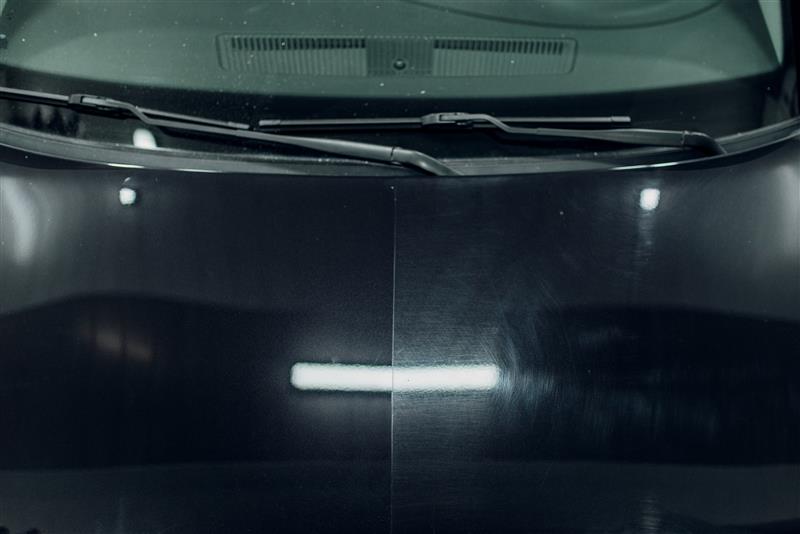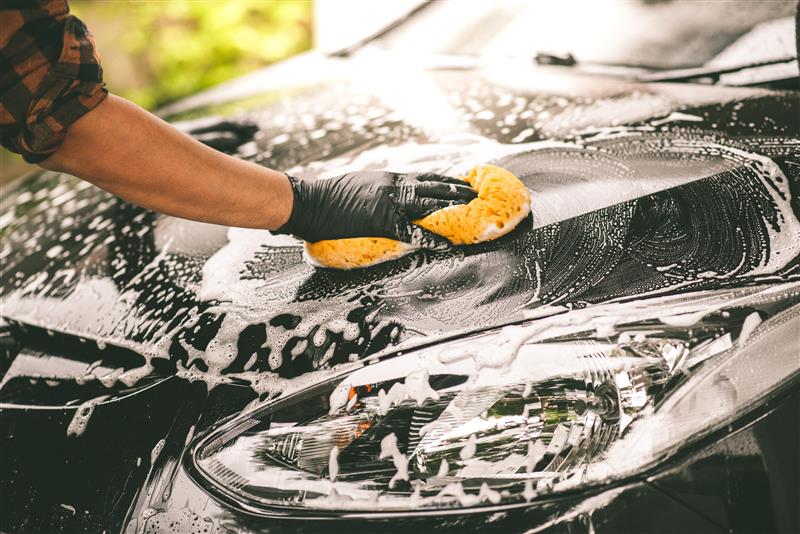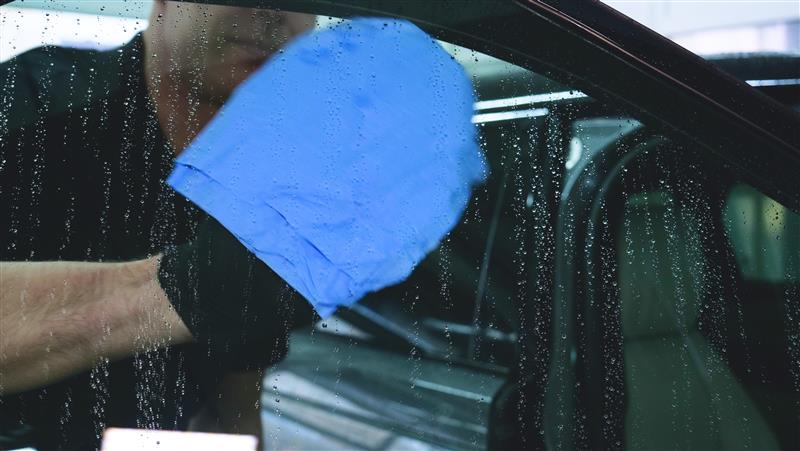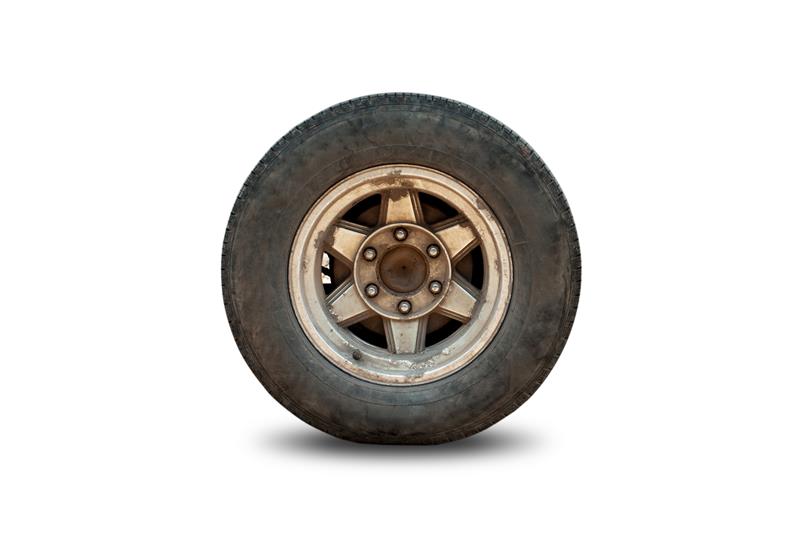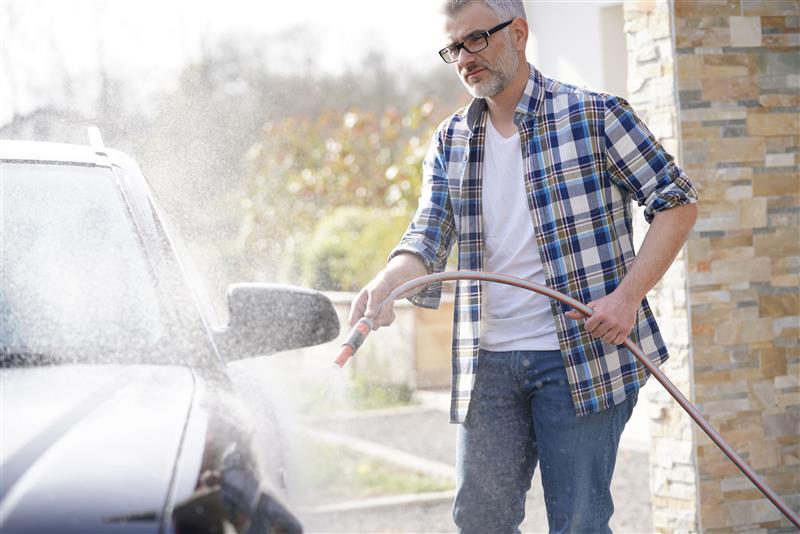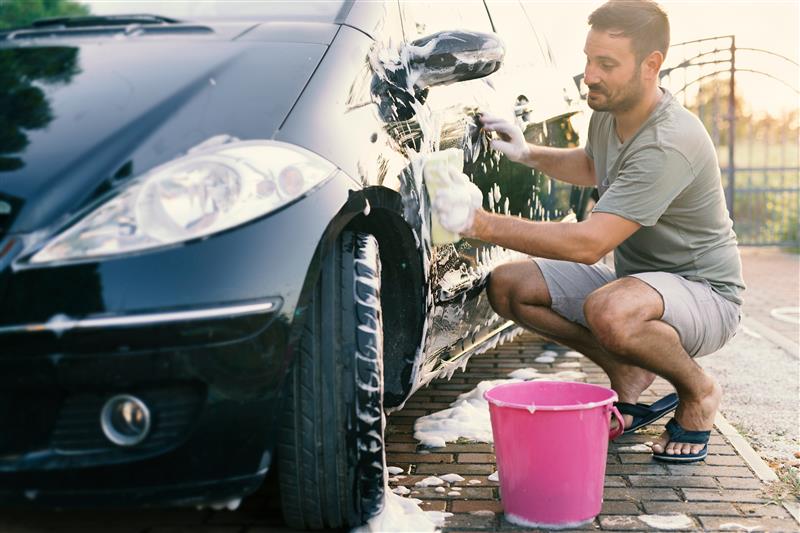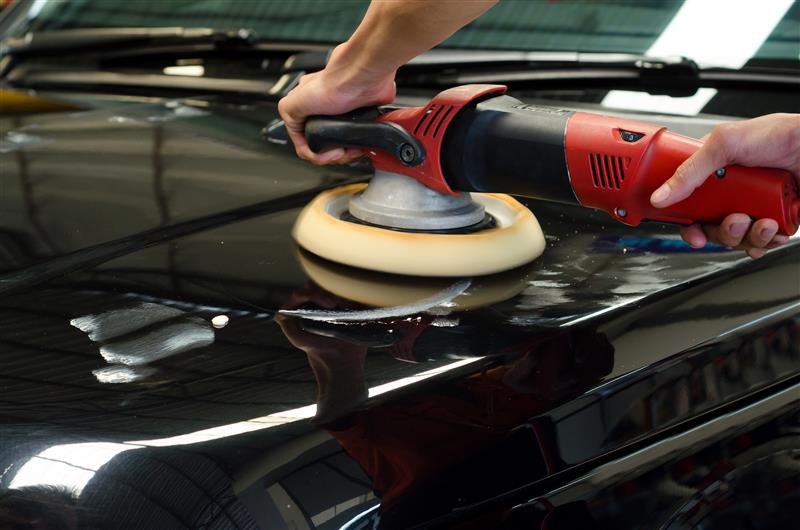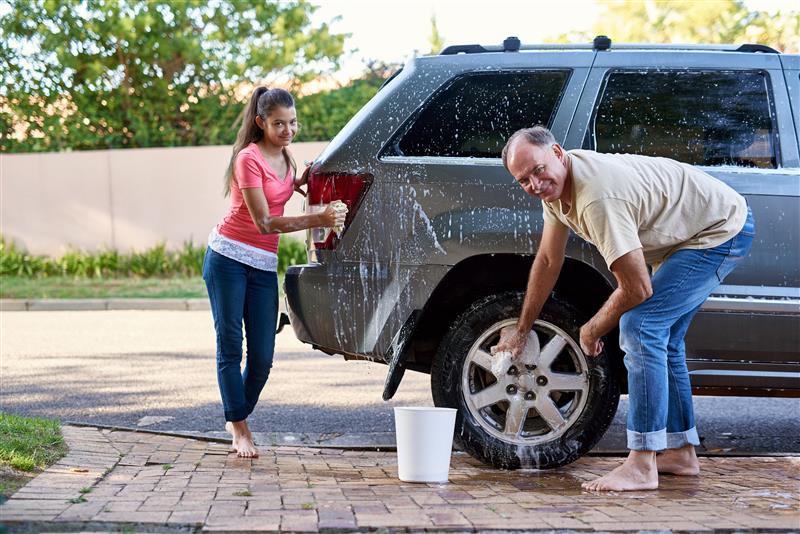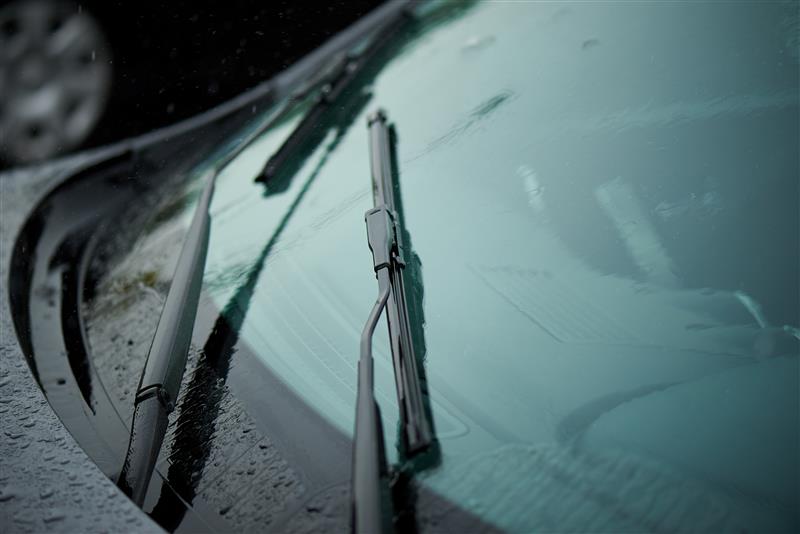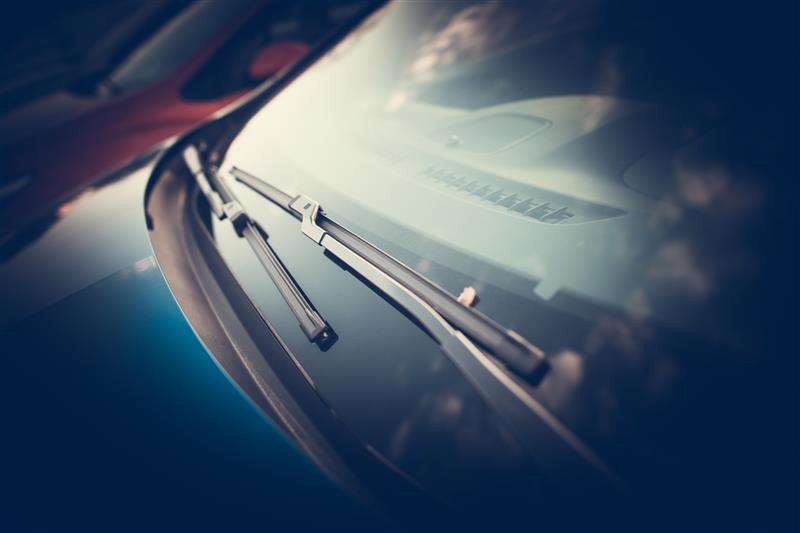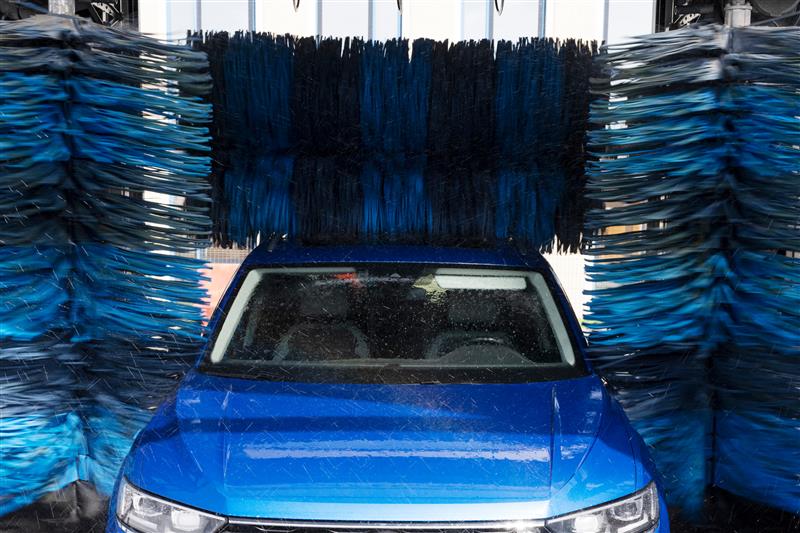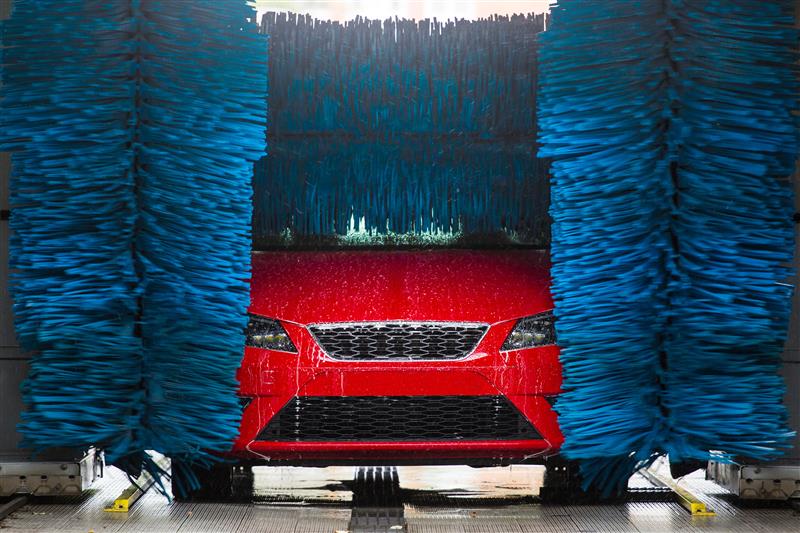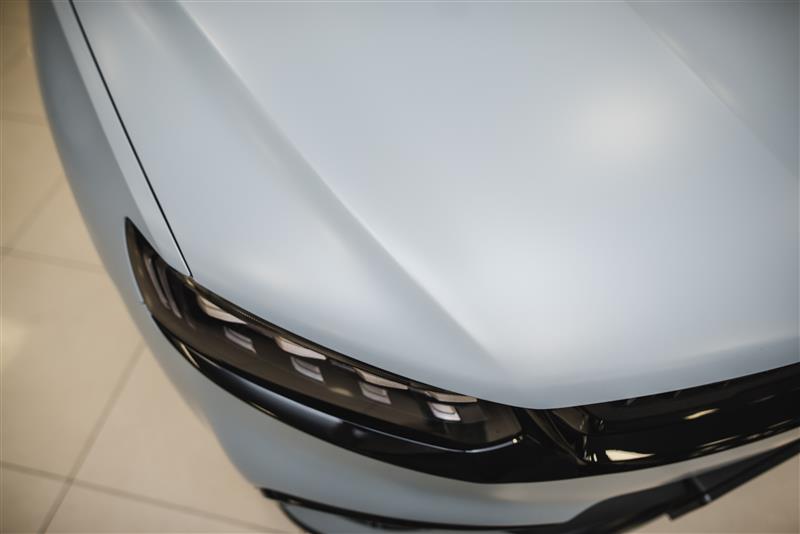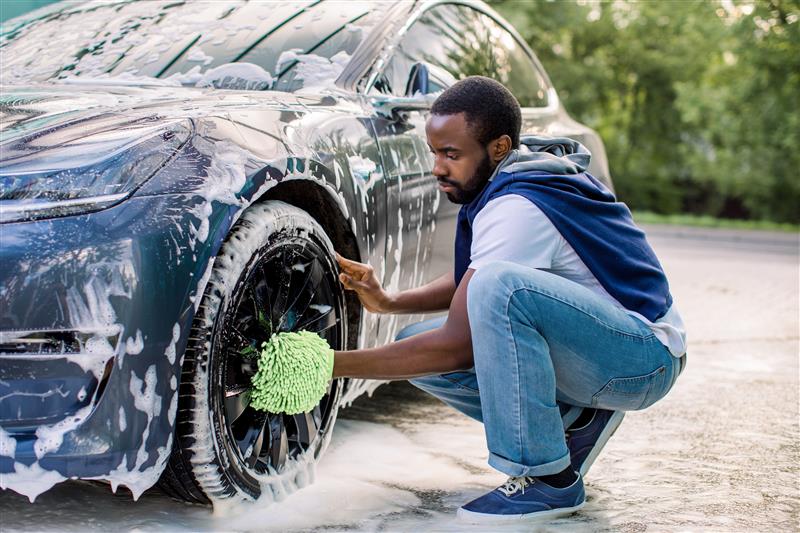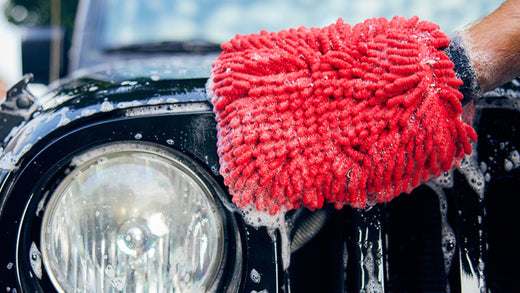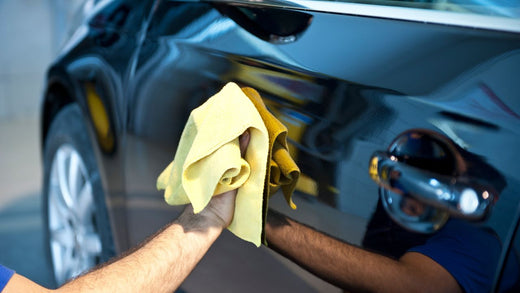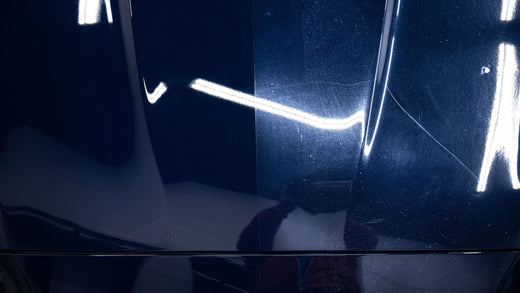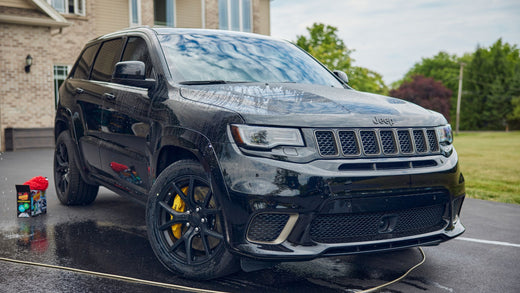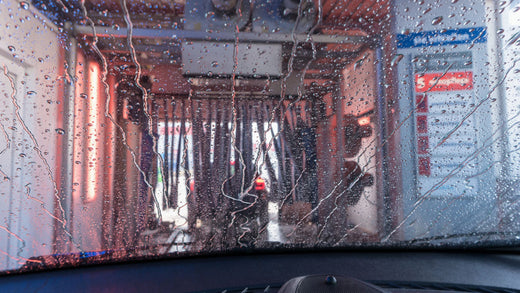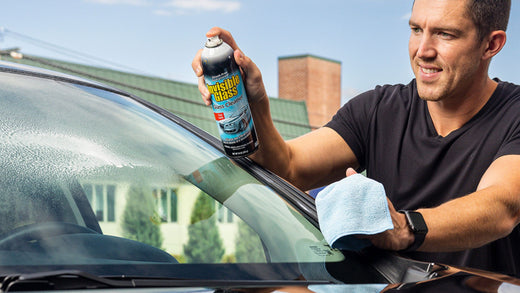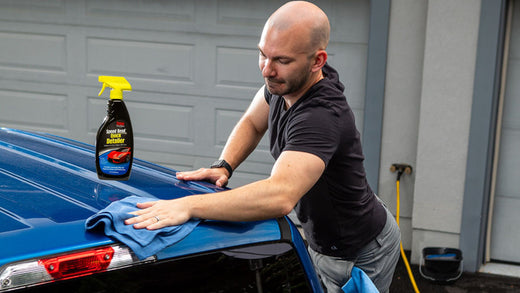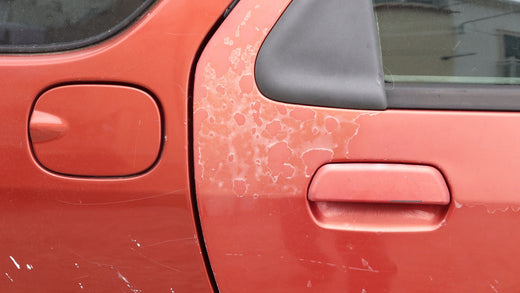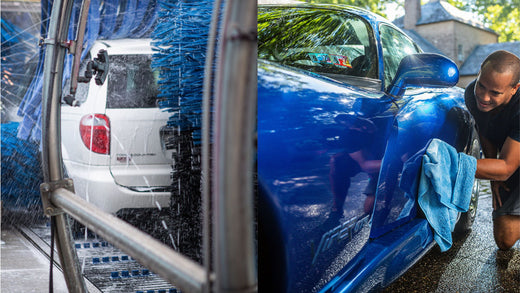Many how-to articles claim the only way to remove bird droppings is with lengthy soaking, but we’re here to share a faster method. Keep reading if you want to learn how to quickly clean bird droppings off of your windshield!
The secret is simple: use a professional glass stripper instead of traditional car washing techniques like soap and water. You can remove dried bird droppings in minutes, all without damaging your glass. Just follow these simple steps:
- Briefly clean your windshield with a regular glass cleaner
- Strip bird droppings away with glass stripper
- Rinse your windshield
- Buff with a clean cloth
- Apply rain repellent
That covers the basics, but there’s a lot more to it. It doesn’t take long to clean bird droppings off of your windshield, but using the right technique makes a difference.
Clean Your Windshield to Remove Everyday Grime
Start by cleaning your windows to eliminate any particulate on the surface of the glass. It could be dust, salt (if you’re in the Northeast), or just general grime. Cleaning this off lets the glass stripper focus its cleaning action on the most difficult contaminants, like dried bird droppings and other hardened gunk.
Cleaning your windshield before you strip it makes the whole process more effective. You should us a glass cleaner without additives—something without added soaps, scents or dyes. Using a pure glass cleaner ensures you’re not leaving sticky residue on your glass when the cleaning solution dries.
Strip Bird Droppings Away With Commercial Glass Stripper
Now it’s time to break out the good stuff— a commercial glass stripper! Some glass strippers come with an applicator sponge, while others recommend using a clean cloth. The process is similar for all of them, so we’ll describe using one with an included applicator sponge. Apply the glass stripper to the more porous side of the applicator sponge (the foam with larger holes), then gently scrub it onto your glass with small circular motions. Focus on the areas with bird droppings if you’re in a real hurry, but it should only take an extra minute or two if you want to strip the whole windshield.
Re-apply the glass stripper to the sponge as you go; the area of the windshield you’re cleaning should be covered by a thin layer of product by the time you’re done, and the bird droppings should come away completely. Apply as much glass stripper as necessary until the droppings are completely cleaned away.
You should press with moderate firmness as you apply glass stripper to your windshield—use enough pressure that the applicator sponge compresses slightly, but not so much pressure that you can feel the glass through the sponge with your hand. If you’re using a cloth, layer it several times so that there is plenty of fabric between your hand and the windshield. Commercial glass stripper products are formulated to remove bird droppings and other contaminants without damaging your glass, so it doesn’t require excessive elbow grease or heavy scrubbing.
Rinse Windshield With Clean Water
Once you’ve cleaned the bird droppings and other gunk off of your glass, simply rinse the Glass Stripper from your windshield with water. Make sure that you rinse all the bird droppings off and don’t let any leftover rinsing water dry on your paint. Bird droppings are an ugly mess on glass, but they can actually damage paint if left to dry.
Some of the glass stripper will likely stay on the glass as you rinse, and that’s ok. Rinsing is only meant to remove contaminants and any excess glass stripper that hasn’t dried so that the next step can be completely more quickly.
Dry With a Clean Microfiber Cloth
Use a clean microfiber cloth to remove the last of the glass stripper, wiping in side-to-side motions. It’s better not to use newspaper, rags, and paper towel for this step. They aren’t made for cleaning, and can leech inks, dyes, glues, and other unwanted substances onto your freshly-cleaned glass, which is counterproductive.
Lint is also a problem, especially with paper towel and cotton rags. A good microfiber cloth is designed for lint-free cleaning, and won’t have any dyes or inks to spoil your carefully-stripped windshield. Using the right tool will save you a lot of time and frustration.
Protect Your Windshield With Rain Repellent
In some ways, this final step is the most important: adding a hydrophobic coating. Stripped glass is completely bare—this is great for visibility, but bare glass doesn’t shed water very well. It’s important that you stay safe by adding a water-repellent coating to the glass.
Water repellent coatings dramatically improve your visibility in wet weather. They make your windshield more “slippery,” causing water the roll right off instead of gathering in sheets or pooling. Rain repellent will also protect your windshield by making it harder for bird droppings and other contaminants to stick to the surface.
Be sure to use a professional rain repellent for this step. It might be tempting to rely on a windshield washer fluid that comes with rain repellent already mixed in. That approach is best considered as maintenance for your existing hydrophobic coating, especially when you’ve just stripped your glass down to a factory finish.
Instead, thoroughly apply a fresh coat of rain repellent to your entire windshield, then let it dry or buff it with a clean cloth, as directions indicate. This creates a protective layer between your windshield and wet weather—whether it’s rain, snow, road spray, or anything else.


